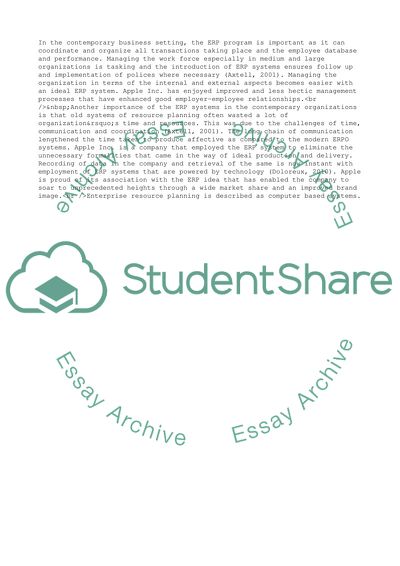Cite this document
(“Strategic Information Systems Essay Example | Topics and Well Written Essays - 3750 words”, n.d.)
Retrieved from https://studentshare.org/business/1692034-strategic-information-systems
Retrieved from https://studentshare.org/business/1692034-strategic-information-systems
(Strategic Information Systems Essay Example | Topics and Well Written Essays - 3750 Words)
https://studentshare.org/business/1692034-strategic-information-systems.
https://studentshare.org/business/1692034-strategic-information-systems.
“Strategic Information Systems Essay Example | Topics and Well Written Essays - 3750 Words”, n.d. https://studentshare.org/business/1692034-strategic-information-systems.


